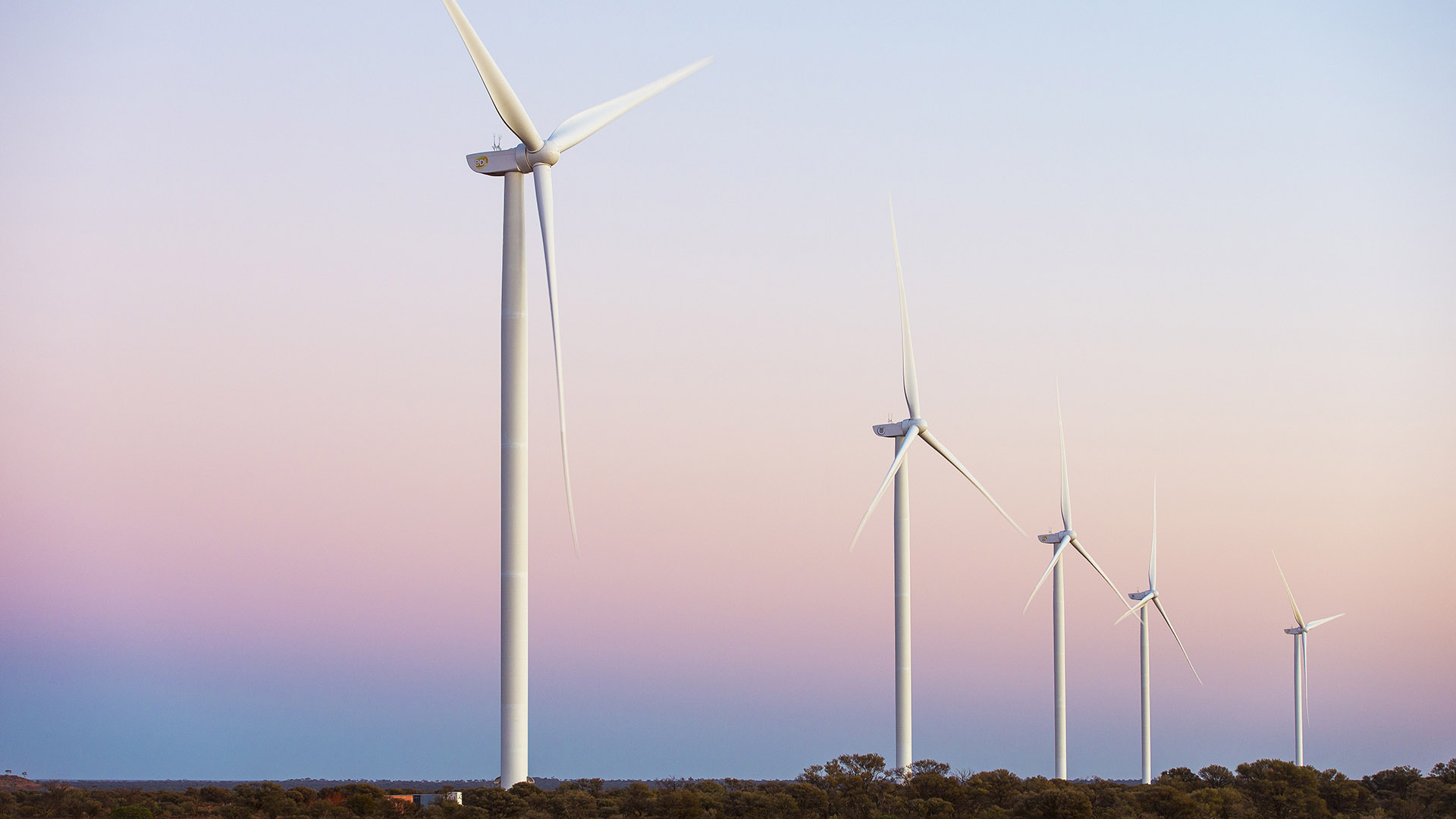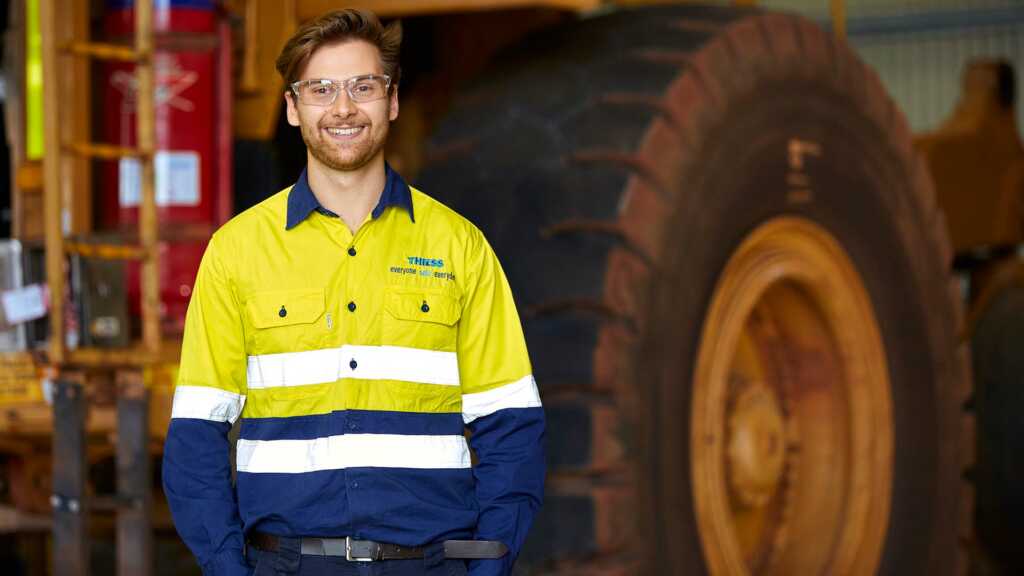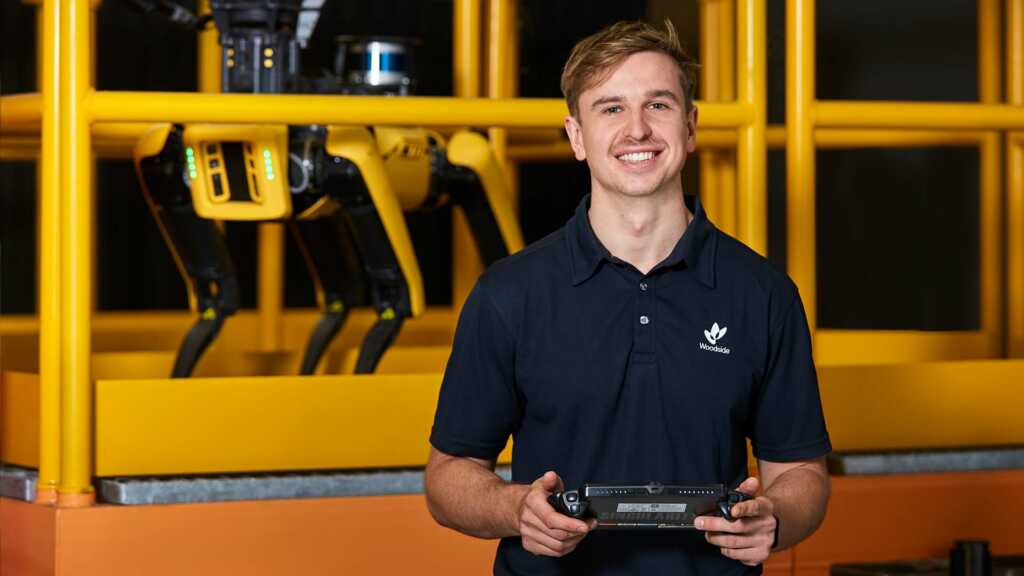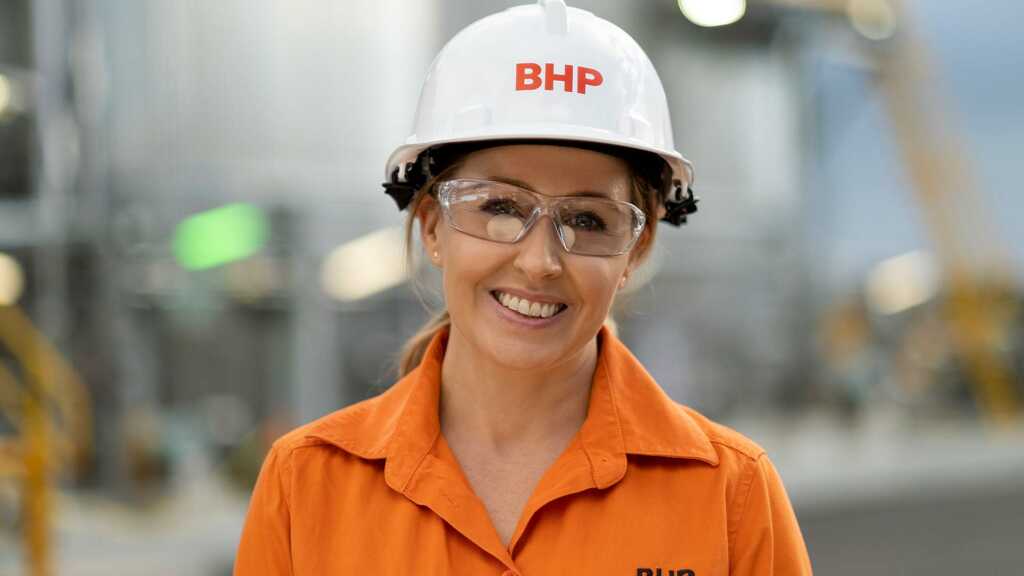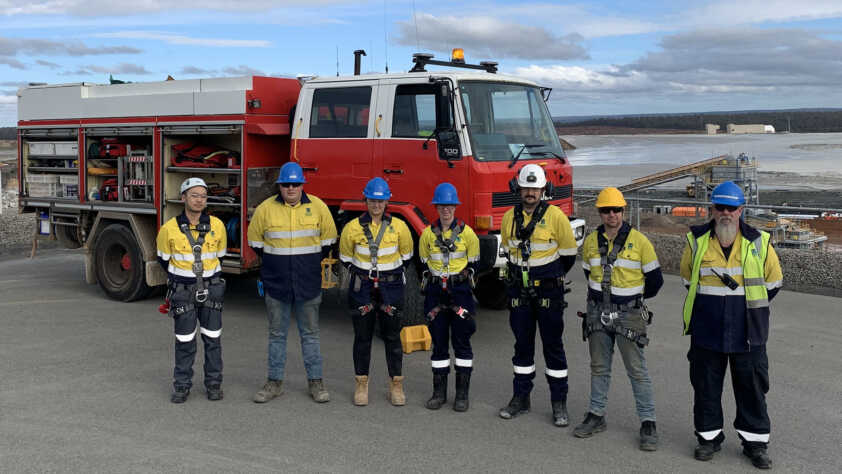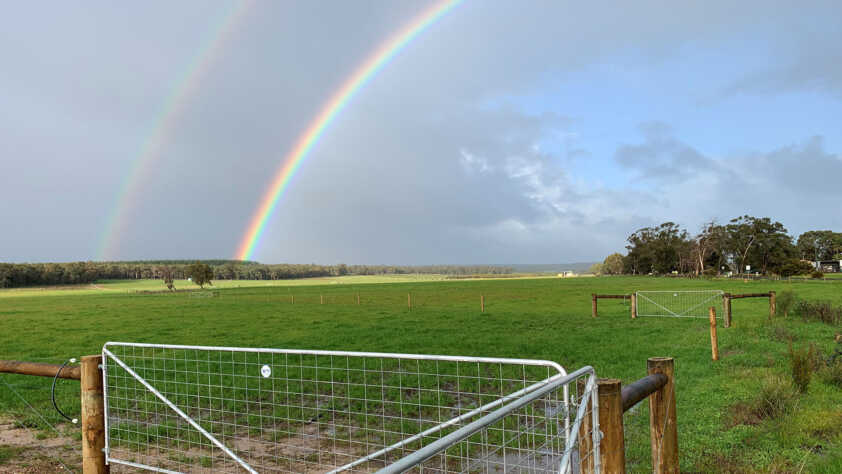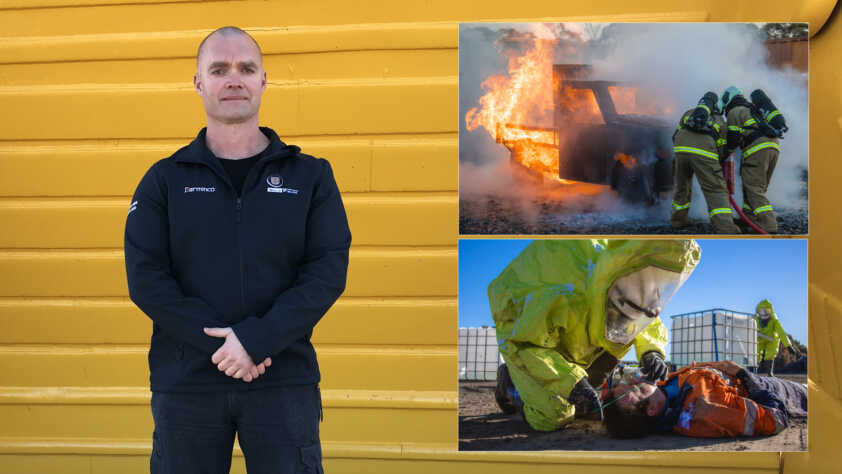Some 375 kilometres north of Kalgoorlie-Boulder lies a “leap of faith” that demonstrates how the WA mining and resources sector is leading the way when it comes to industry-changing energy transitions.
The site is Gold Fields’ Agnew mine. Gold has been mined in the area for more than 125 years and it remains a highly productive operation, producing more than 250,000 ounces of gold each year.
But it’s what is above ground that has put Agnew on the global stage over the past two years – specifically the five 110-metre wind turbines that are delivering 18MW of power to the site.
The giant turbines are part of Australia’s largest hybrid renewable energy microgrid, one that features a 10,170-panel solar farm generating 4MW, a 13MW/4MWh battery system and an off-grid 21MW gas/diesel engine power plant.
The system has been estimated to result in approximately 40,000 tonnes per annum of avoided carbon dioxide equivalents, which would correlate to taking 12,700 cars off the road each year.
The microgrid was originally forecast to provide more than 50 per cent of the power requirements for Agnew, which has about 650 staff. But as Gold Fields Executive Vice President Australasia Stuart Mathews explained, it’s been even better than advertised.
“The microgrid has supplied as much as 70 to 80 per cent [of power needs] in optimal conditions – the winds just right and the solar working really efficiently,” Mathews said.
“For a very short period of time, maybe an hour or so, we well and truly did touch 95 per cent and almost got to 100 per cent.
“And we do have plans for the future which will deliver 90-plus per cent via renewables consistently.”
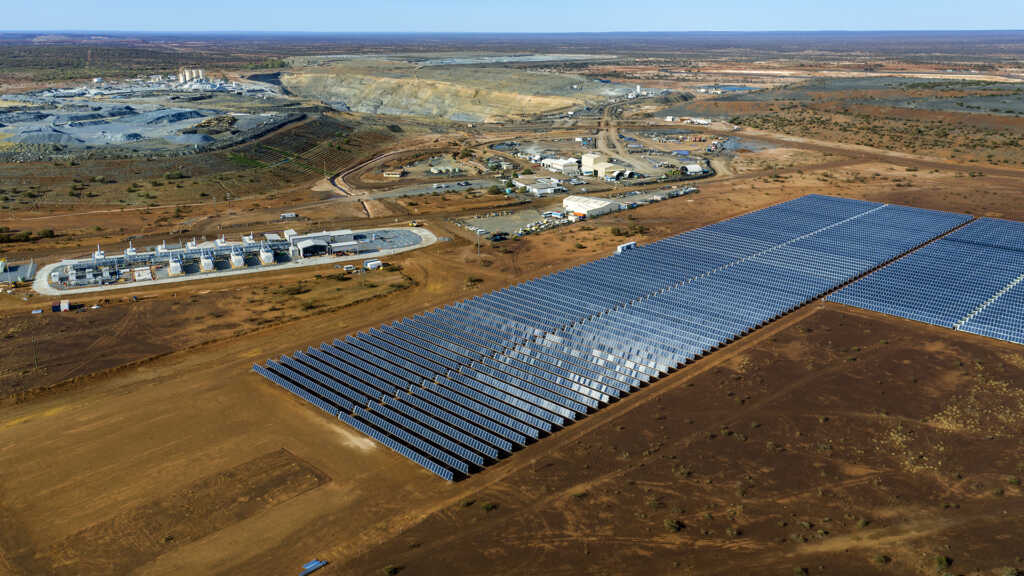
While the Agnew microgrid is now rightly celebrated in both Australia and internationally – including winning the Golden Gecko award for environmental excellence at the Department of Mines, Industry Regulation and Safety’s Resources Sector Awards – it wasn’t always a certainty to get the go-ahead, let alone become the success story that it is.
In 2018, the Gold Fields board faced a choice between renewing a traditional power agreement or going down the renewables route.
There was no Australian precedent for such a bold investment in wind power on a mine site but the decision to push ahead with the microgrid has paid off on a number of fronts.
“I asked our executive and the board to take some courage without the reserve life [of the mine] necessarily being there but with good vision on exploration success,” Mathews recalled.
“They went for it and said ‘let’s do it’.
“What I really underestimated was what [the renewables project] did for the morale and motivation of our workforce at Agnew.
“People, especially younger people, want to work for a company that believes in sustainability – not just talking about it but putting actions in place.
“They are absolutely proud of it [the microgrid] and people want to work there, including people putting their hands up to transfer from other sites to go to Agnew.”
The stunning results at Agnew paved the way for Gold Fields to assess which of its other Western Australian operations might benefit from the implementation of renewable energy. A solar farm was installed at the company’s Granny Smith operation in the Eastern Goldfields in late 2020 and wind options are being investigated to meet likely rising power demand as that mine goes deeper.
Solar will soon become a major part of the energy mix at the Gruyere mine (a joint venture with Gold Road), while the St Ives Mine out of Kambalda – which has been in operation since the mid-1980s – is currently the subject of a feasibility study to support a transition to predominantly renewable energy sources.
While Agnew has been the early benchmark for the use of wind power on WA mine sites, it’s expected other companies will follow suit.
In April 2022, BHP announced that it would use power generated by the Flat Rocks Wind Farm outside of Kojonup for three of its major nickel processing operations. The farm, on which construction was set to start in mid-2022, will feature the tallest wind turbines in the State (measuring 200m in height) and it is expected to produce first power by October 2023.
In combination with a power purchase agreement from the Merredin Solar Farm, renewable energy is projected to meet all power requirements for BHP’s Kalgoorlie Nickel Smelter, the Kambalda Nickel Concentrator and the Kwinana Nickel Refinery.
The two renewable power initiatives have been estimated to reduce BHP Nickel West’s Scope 2 greenhouse gas emissions by nearly 60 per cent against 2020 baseline levels.
“We are taking great strides in making our operations more sustainable and strengthening BHP’s position as a nickel supplier of choice to global customers,” BHP Nickel West Asset President Jessica Farrell said.
“We are delighted to partner with Enel Green Power as the first customer of the Flat Rocks Wind Farm, creating jobs and supporting the Kojonup community with the introduction of a renewable energy industry to the area.”
Right around WA, there are very visible examples of how the mining and resources sector is innovating to reduce emissions.
Rio Tinto hopes its high-profile Gudai-Darri mine – which opened in June 2022 and has been billed as the most technologically advanced in the Pilbara – will one day be home to a world-first operational deployment of zero-emission autonomous haul trucks.
But from August, around a third of the mine’s average electricity demand is being supplied by a 34MW photovoltaic solar farm that is expected to be the equivalent of taking 28,000 cars off the road. The solar farm is Rio Tinto’s first and is expected to reduce carbon dioxide emissions by 90,000 tonnes a year, the same amount produced by 6000 Australian homes.
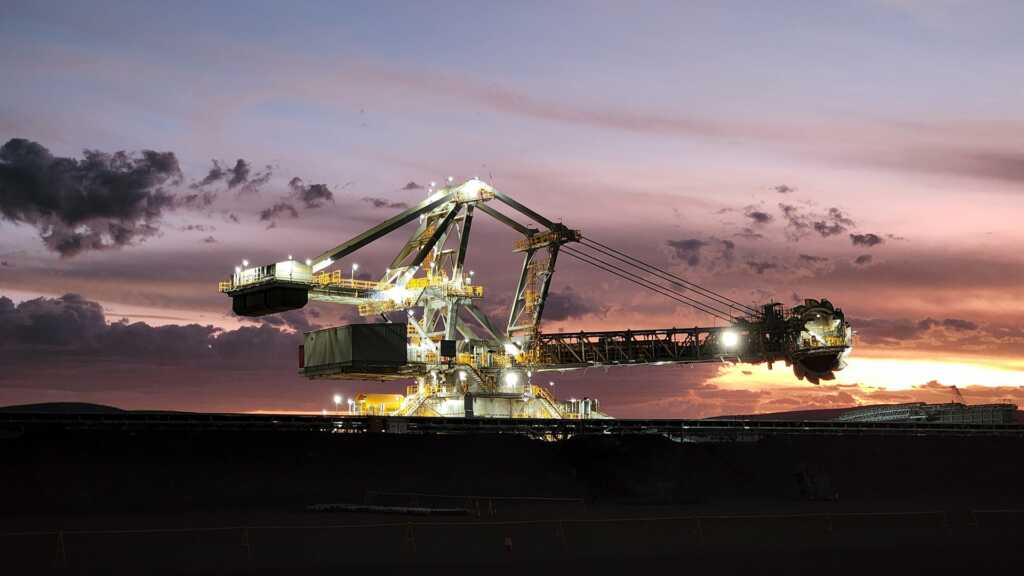
Elsewhere in the Pilbara, a solar gas hybrid collaboration between Fortescue Metals Group and Alinta Energy is meeting the energy needs of the iron ore miner’s Chichester Hub, comprising the Cloudbreak and Christmas Creek sites.
The solar farm component of the project is providing up to 100 per cent of the electricity for daytime operations at the hub, displacing around 100 millions of diesel every year and helping FMG take strides towards its goal of being carbon neutral by 2030. Fortescue is also developing an electric haul truck through its work with Williams Advanced Engineering, the company it acquired in March 2022.
Smaller-scale investments in renewables are also producing important results at operations across WA.
Perth-based Nomadic Energy specialises in the supply, installation and operation of renewable energy systems on mine sites – with a twist. The company’s core offering is a redeployable solar farm that can be seamlessly packed up and moved, whether that’s a shift to another spot on site, a switch to another operation run by the same company or a departure for an entirely new entity and location.
Meanwhile, WA company EcoQuip and its inventive founder Dave Sharp have produced a mobile solar lighting tower that can be easily deployed by a single person and even operated remotely via mobile phone if necessary.
A fleet of 100 of the towers operating 12 hours a day for a full year is estimated to reduce diesel consumption by one million litres and abate around 2500 tonnes of CO2 emissions.
Whatever mine site you visit around WA, chances are you’ll see evidence of industry’s move towards a lower emissions future – whether it be wind turbines, solar farms, electric vehicles or diesel-free lighting options.
And there will be much more to come.
The Chamber of Minerals and Energy of WA and its member companies – which encompass 95 per cent of all mineral and energy production in WA – have a long-term commitment to the Paris Agreement and its goal to reach net zero as soon as possible and no later than 2050.
To find out more about how the WA mining and resources sector is innovating now and for the future, visit safersmartercleaner.com.au







